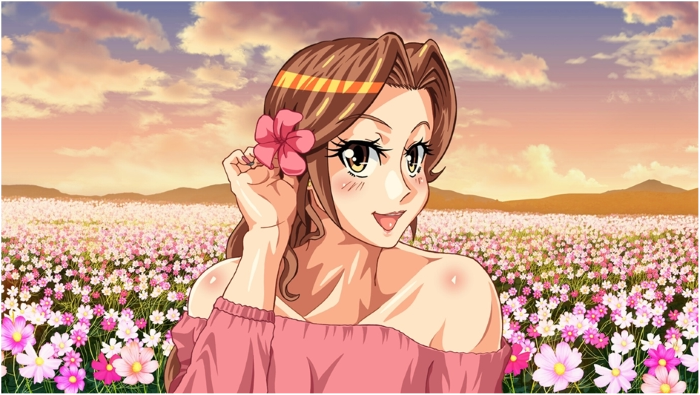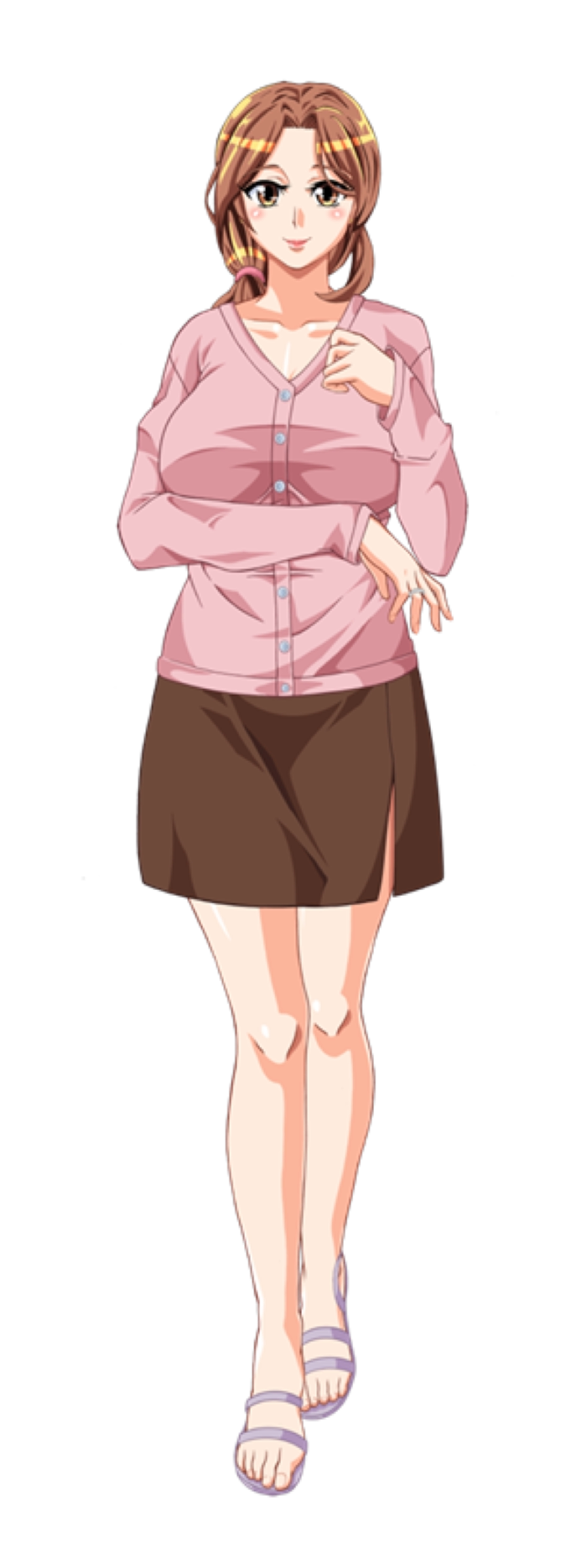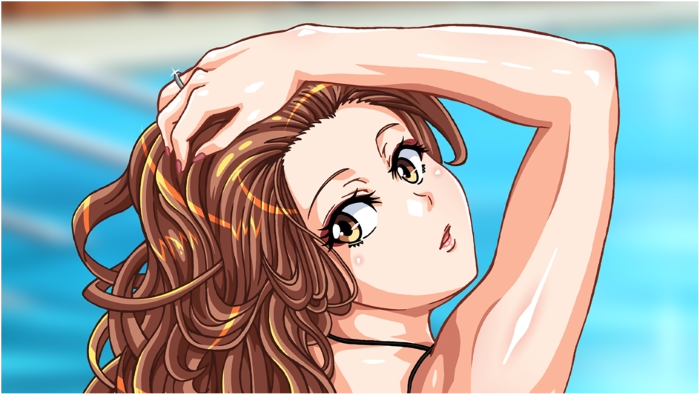
In recent years, the world of Japanese media has witnessed the rise of various forms of entertainment, one of which is the ever-popular gravure culture. Gravure models typically pose in provocative yet artistic photoshoots, aimed at capturing a blend of beauty, allure, and sensuality. While gravure has long been part of Japanese pop culture, its boundary-pushing themes often ignite debates. One such intriguing creation that has been making waves is Indecent Wife Hana: Gravure, a bold and captivating project that combines the gravure model world with mature themes.
Introduction to Gravure and Its Cultural Influence
Gravure idols, or gurabia aidoru as they are known in Japan, are a mainstay in Japanese magazines, TV shows, and DVDs. They usually portray a wholesome image, though with an undeniable undercurrent of sensuality. The gravure industry itself walks a delicate line between showcasing artful, glamorous portrayals of women and venturing into more provocative territory.
Also Read: Julie Fitzpatrick: The Woman Behind Jan Jensen’s Success
However, it is important to note that gravure doesn’t cross into explicit pornography. Instead, it focuses on themes of flirtation and suggestive imagery, often set against exotic backdrops.
Who is Hana, the Indecent Wife?
Indecent Wife Hana is a fictional character introduced through a series of adult-themed gravure photoshoots and videos, pushing the conventional gravure limits with its mature, dramatic undertones. Portrayed as a married woman, Hana is caught in various life dilemmas, adding layers of narrative depth to her persona. This adds a new dimension to the gravure genre, turning the spotlight on themes of love, passion, and the forbidden allure of infidelity.
Hana’s character represents the essence of temptation — a woman who breaks the shackles of traditional marital roles, stepping into a world of personal exploration and desires that clash with societal norms. She embodies the idea of a woman rediscovering herself, not just as a wife but as a sensual being with her own desires. Through her portrayal, Indecent Wife Hana taps into the complexities of womanhood, exploring the unspoken elements of passion, self-discovery, and rebellion.
The Controversy Behind the Concept
The gravure world often faces criticism for its perceived objectification of women, and Indecent Wife Hana certainly sparked discussions across media circles. The character’s provocative narrative challenges traditional family values, depicting a more raw and unfiltered view of female sensuality within a marriage context. While some applaud the concept for breaking the mold and providing women the space to explore their sensual identity, others question whether such portrayals promote negative stereotypes or blur the lines between entertainment and exploitation.
Nonetheless, this gravure concept has attracted a strong following among those interested in seeing more complex characters in adult-themed entertainment. Indecent Wife Hana’s portrayal allows for a broader discussion on women’s autonomy and how gravure models can contribute to reshaping perceptions of sensuality and marriage in Japan.
The Visual Aesthetic of Hana’s Gravure
The gravure photoshoots involving Hana are artistically directed, aiming for a mix of elegance, seduction, and melancholy. Unlike traditional gravure photoshoots that focus on youthful exuberance, Indecent Wife Hana leans into a more mature and emotive aesthetic. The lighting, set design, and costumes all work in harmony to create an alluring yet emotional atmosphere that enhances the character’s complexity.
From silk robes draped sensually over her figure to moments of vulnerability as Hana gazes into the distance, every shot is designed to evoke both longing and introspection. The gravure format itself, being more about suggestion rather than overt action, plays perfectly into the narrative of a woman torn between two worlds — one of duty and one of desire.
Indecent Wife Hana represents a bold new chapter in the world of gravure. By pushing the boundaries of traditional themes and focusing on more mature, thought-provoking content, it opens the door for gravure to evolve into a genre that explores deeper emotional narratives. While the project may be controversial, it undeniably serves as a reflection of changing societal dynamics and the complexity of relationships in modern Japan.








